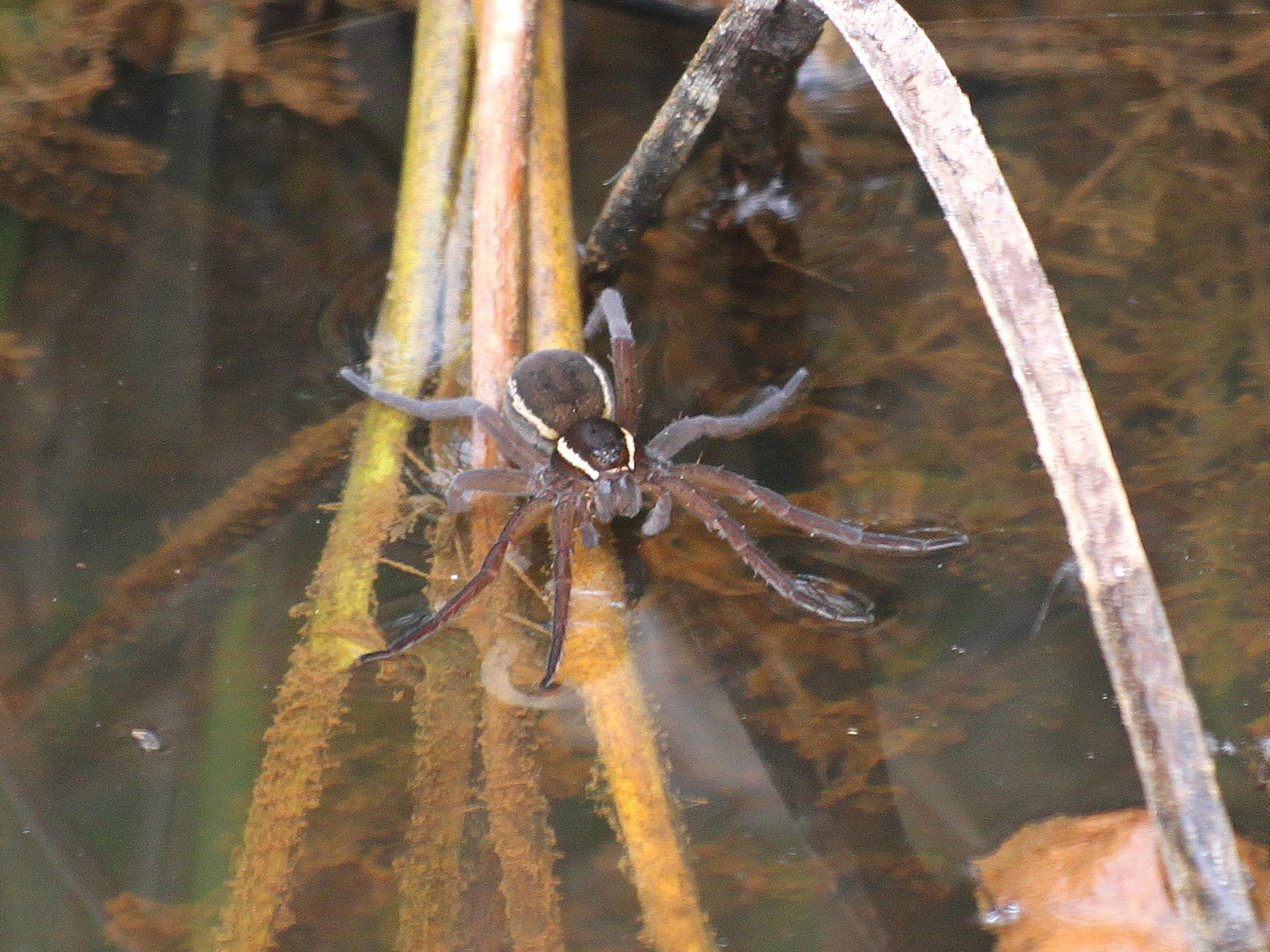
One of the UK’s largest breed of spiders have had the biggest mating season on record as efforts to re-establish the species in the UK receive a major boost.
From near-extinction 14 years ago, the number of fen raft spiders are now soaring increasing thanks to recent conservation efforts.
Only a handful remained as their wetland homes were destroyed by humans in 2010, but work to bring them back from the brink of extinctions saw the likes of Chester Zoo release thousands back into the wild a decade ago.
The zoo has continued to breed the spider, and has now revealed that 10,000 resident breeding females have had the biggest mating season on record.
Sharing the news on social media, Chester Zoo said: “Ten years ago we helped release THOUSANDS of GIANT spiders back into the UK!
“The fen raft spiders were bred right here at the zoo, and we’re super happy to report there’s now more than 10,000 breeding females... and they’ve just had the biggest mating season on record! You can’t miss them, they grow to be the size of your hand! Honestly, you’re so welcome.”
Ten years ago we helped release THOUSANDS of GIANT spiders back into the UK! 🕷️🇬🇧
— Chester Zoo (@chesterzoo) October 30, 2024
The fen raft spiders were bred right here at the zoo, and we're super happy to report there's now more than 10,000 breeding females... and they've just had the biggest mating season on record! 👀… pic.twitter.com/xXvpRe24iU
Fen Raft spiders can spin a web as large as 25cm and can grow to the size of a rat - but are completely harmless to humans.
The fen raft spider has a brown or black body with white or cream stripes along the sides. With a span of up to almost three inches (8cm), they are the largest of the UK’s 660 native species of spider.
The species only lives in fens, marshes and wetlands, using their long hairy legs to skate across the surface of the water.
The spiders are not venomous but are semi-aquatic and can run across the water’s surface to capture their prey. Their diet includes other spiders, damselflies, dragonfly larvae and even fish and tadpoles.
They are easiest to spot in grazing marsh ditches from June to September.

Describing how it saved the unique species back in 2011, Chester Zoo said: “Our experts set about rearing hundreds of baby spiders in individual test tubes (so they didn’t eat each other!)”
It added: “Our team delicately hand fed tiny flies to each of the hundreds of spiderlings using tweezers, day in, day out, for weeks on end in our bio-secure breeding facility.
“Eventually, the young spiders grew strong enough to be returned to their natural habitat, which our partners worked to restore, and we released them in their hundreds!”







